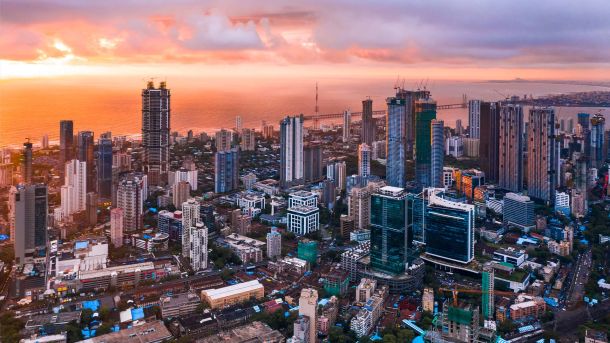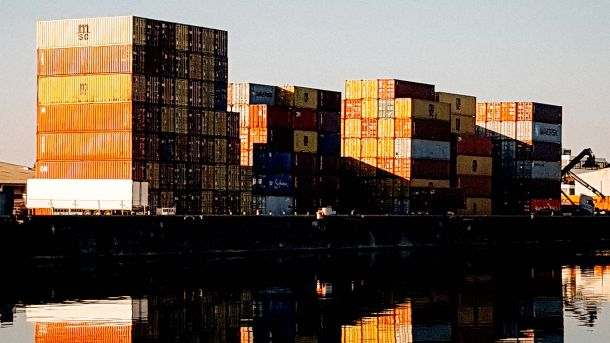Consumer Inflation

Inflation in South Africa declined from 3.8% in September to 2.8% in October 2024, marking a monthly deflation of 0.1%. The inflation rise in September was primarily driven by:
- Housing and utilities: up 4.8%, contributing 1.1 percentage points
- Miscellaneous goods and services: up 6.8%, adding 1.0 percentage point
- Food and non-alcoholic beverages: up 3.6%, contributing 0.7 percentage points
- Alcoholic beverages and tobacco: up 4.5%, adding another 0.3 percentage points
Although these categories continue to see price increases, the rate is slowing. However, these rising costs still strain household budgets, eroding the purchasing power of consumers and businesses. Even with slower price growth, affordability remains an issue, leading many households to rely more on credit to maintain their lifestyles. This reliance heightens vulnerability to interest rate hikes and rising product prices among already indebted consumers.
It’s important to note that these price increases are largely driven by external factors rather than domestic demand, including electricity supply issues, costs associated with alternative power generation, and rising import prices that are passed on to consumers. Additionally, the recent depreciation of the Rand following Donald Trump’s re-election may have some short-term effects on its value.
On a positive note, the US Federal Reserve recently lowered its interest rate by 25 basis points to stimulate the US economy. This move could benefit South Africa, allowing the South African Reserve Bank (SARB) and its Monetary Policy Committee (MPC) to potentially lower local interest rates more aggressively than originally planned.
With moderating inflation, better-than-expected economic growth, improved electricity supply, and positive market sentiment, the SARB is likely to consider cutting interest rates further in November 2024. Such a reduction might boost demand and ease pressure on household finances, contributing to stronger economic growth in South Africa than previously anticipated for 2024 and into 2025.





